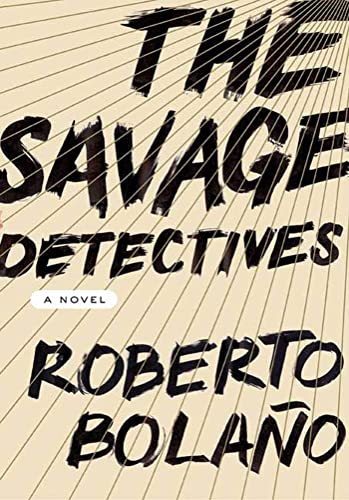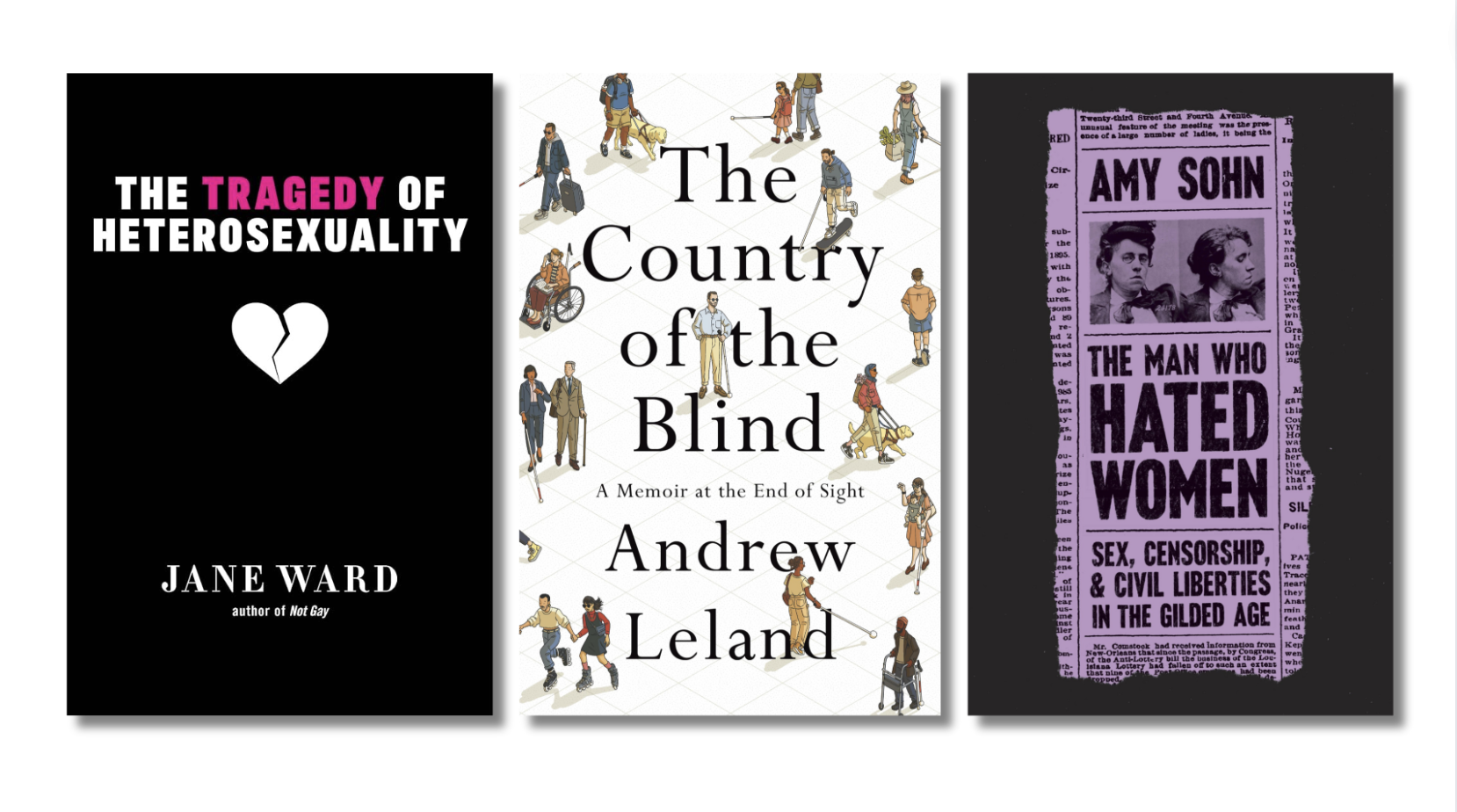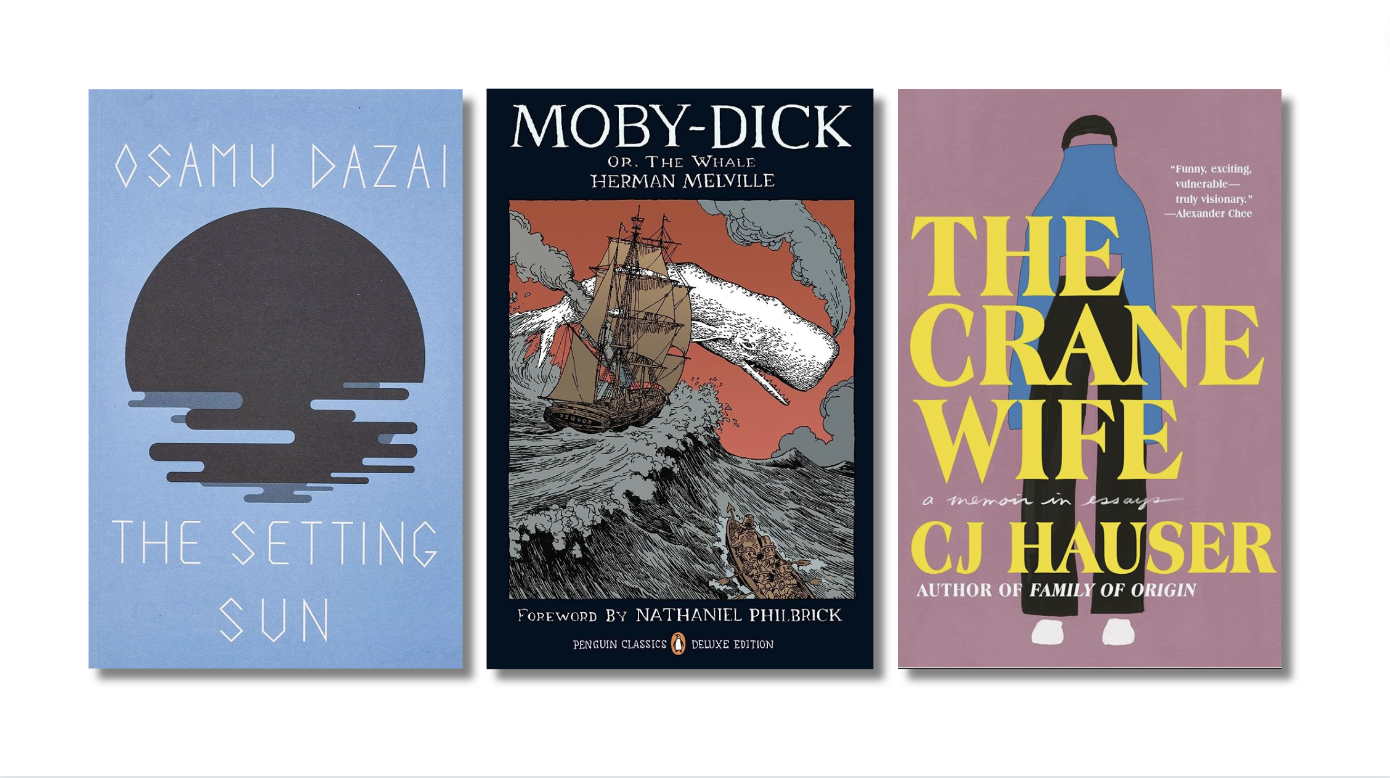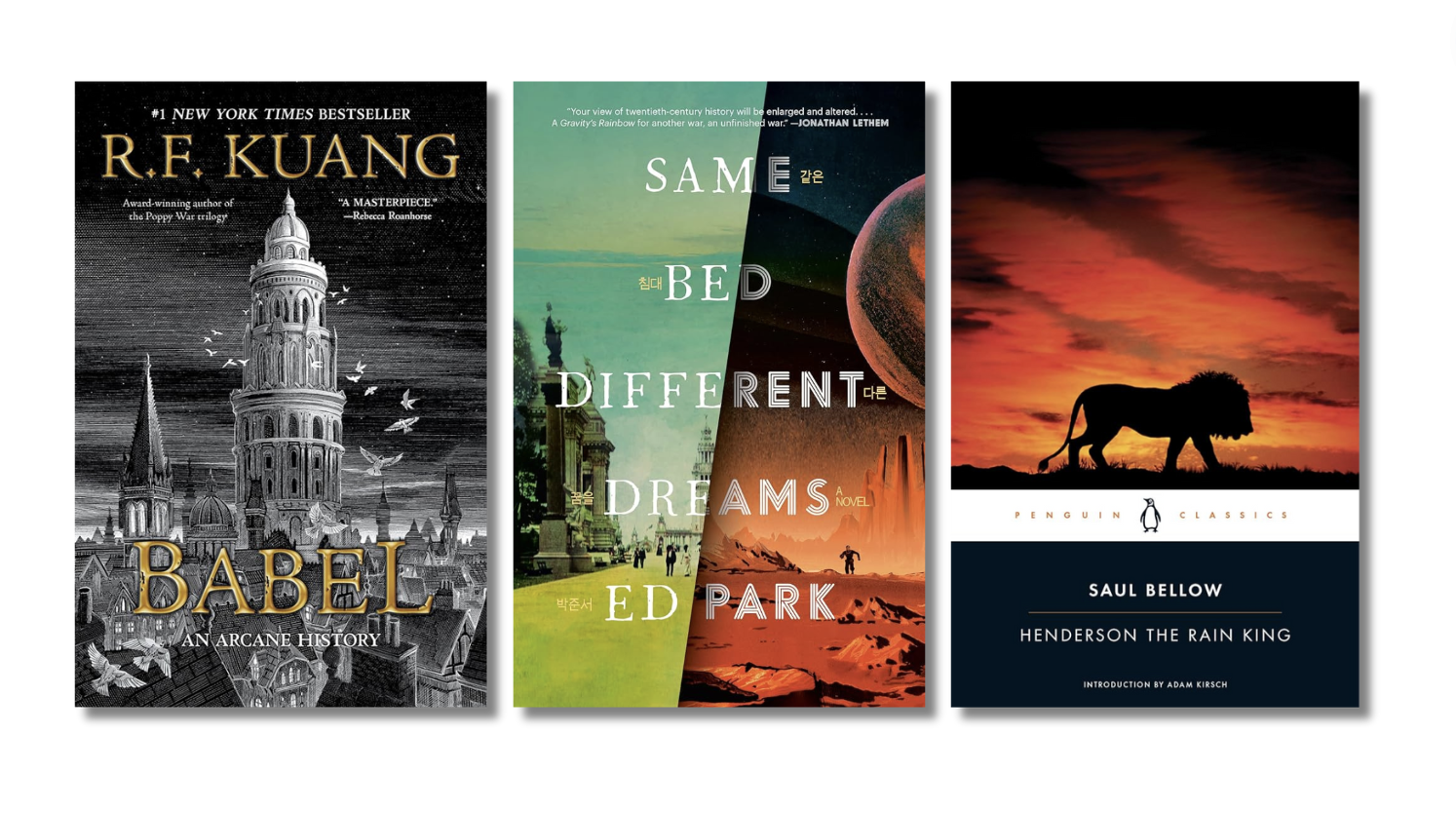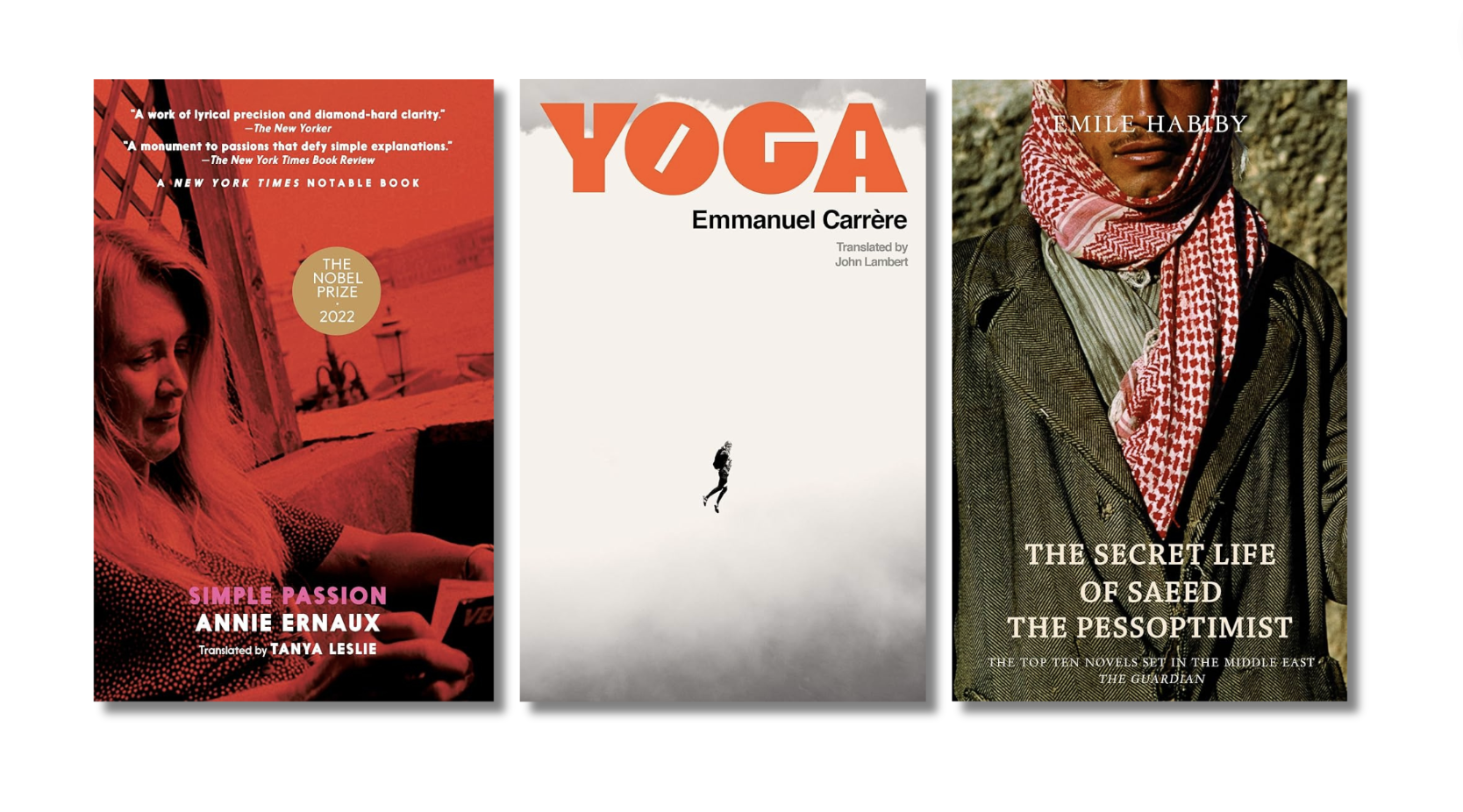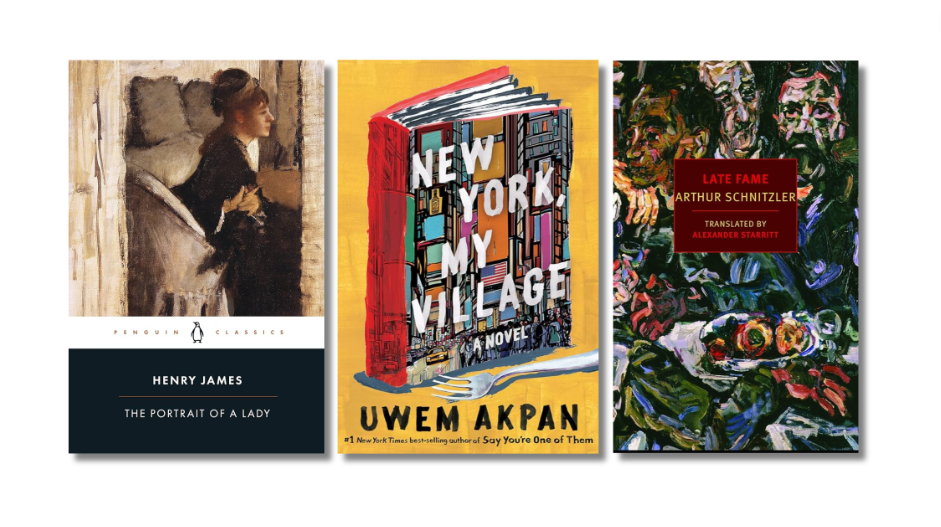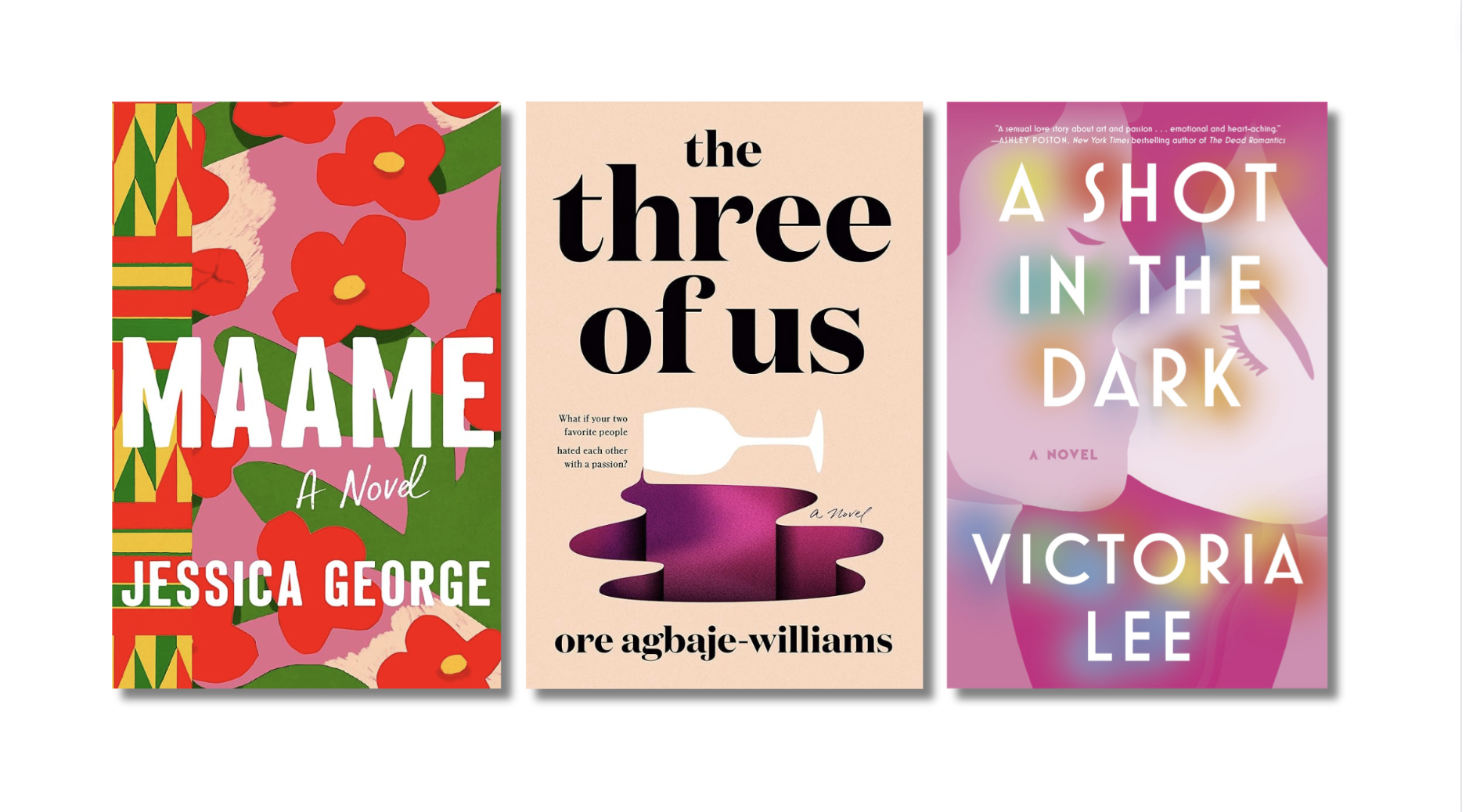Scott Esposito is the editor of The Quarterly Conversation and the host of the literary blog Conversational Reading. His writing on books has appeared in the San Francisco Chronicle, The Philadelphia Inquirer, The Chattahoochee Review, and the Rain Taxi Review of
Books, among others.
I’m a big advocate of the test of time – often I’m favorably impressed by a book right when I finish, but in the ensuing weeks and months, when I have a chance to look back through a book and see how it ages in my mind, many books that I once thought were good begin to lose their luster. So, in order that you can attach the proper grains of salt to each pick, I’m going to do my favorites for 2007 in the order in which I read them.
 Chris Adrian’s The Children’s Hospital, the third book I read, reads like a grand old mannered novel that got stuck with a 21st-century premise: there’s a new Biblical Flood, and all that survives is a children’s hospital. The story unfolds as the staff and the tiny patients figure out what God has in store for them. If this sounds overly religious and fantastic, it isn’t – Adrian builds amazingly realistic characters while telling a tale that, although it certainly includes elements of fantasy, should satisfy any devoted realist. Adrian’s an amazing talent, and for more info, read my review of this book.
Chris Adrian’s The Children’s Hospital, the third book I read, reads like a grand old mannered novel that got stuck with a 21st-century premise: there’s a new Biblical Flood, and all that survives is a children’s hospital. The story unfolds as the staff and the tiny patients figure out what God has in store for them. If this sounds overly religious and fantastic, it isn’t – Adrian builds amazingly realistic characters while telling a tale that, although it certainly includes elements of fantasy, should satisfy any devoted realist. Adrian’s an amazing talent, and for more info, read my review of this book.
 A couple books later I read what might be my very favorite novel of the past few years: Life: A User’s Manual by Georges Perec. This novel simply describes the rooms in a Paris apartment building, but in these descriptions Perec ranges all over the world, telling all kinds of amazing, intricately crafted stories. The whole book is too complex and well-built to ever do justice to in a small paragraph like this – so, please, just read it.
A couple books later I read what might be my very favorite novel of the past few years: Life: A User’s Manual by Georges Perec. This novel simply describes the rooms in a Paris apartment building, but in these descriptions Perec ranges all over the world, telling all kinds of amazing, intricately crafted stories. The whole book is too complex and well-built to ever do justice to in a small paragraph like this – so, please, just read it.
 At number 15 is The Savage Detectives, another book composed of discreet, story-type units. This book is generally agreed to be Roberto Bolano’s masterpiece (either that or the never-completed 2666), and in it Bolano simply traces the lives of two poet-youths as they and their forgotten generation age. Though the book is innovative and stylistically challenging, it still delivers realistic characters and deep emotion.
At number 15 is The Savage Detectives, another book composed of discreet, story-type units. This book is generally agreed to be Roberto Bolano’s masterpiece (either that or the never-completed 2666), and in it Bolano simply traces the lives of two poet-youths as they and their forgotten generation age. Though the book is innovative and stylistically challenging, it still delivers realistic characters and deep emotion.
 About ten down we come to Cormac McCarthy’s Blood Meridian and the first book of Proust, both of which I won’t bother to write about as readers probably know about them already, and then at 28 Raymond Queneau’s Witch Grass, a wonderful, playful book that one might legitimately say is about “nothing.” Some have said that this is Queneau’s gloss, in novel form, of Descartes’ “I think, therefore I am,” but regardless of how you interpret it, this is a plain old joyful read, as Queneau’s prose is continually fresh and entertaining. In my blog, I wrote a little about it.
About ten down we come to Cormac McCarthy’s Blood Meridian and the first book of Proust, both of which I won’t bother to write about as readers probably know about them already, and then at 28 Raymond Queneau’s Witch Grass, a wonderful, playful book that one might legitimately say is about “nothing.” Some have said that this is Queneau’s gloss, in novel form, of Descartes’ “I think, therefore I am,” but regardless of how you interpret it, this is a plain old joyful read, as Queneau’s prose is continually fresh and entertaining. In my blog, I wrote a little about it.
 At 36 is Austen’s Sense and Sensibility, which made me wish I had read her earlier; Edith Wharton’s Age of Innocence follows at 37. Then we get onto some works of criticism: Northrop Frye’s Anatomy of Criticism, in which he lays out his famous theory of myths and tries to pin down the basic kinds of stories people tell. Though this book is sometimes dense, there’s a lot here, and it certainly changed the way I looked at narratives. A little after that I read Wayne Booth’s The Rhetoric of Fiction, in which he looks at how works of fiction are built. As erudite as this book is, it’s highly readable; Booth meant this as the definitive book on rhetoric in fiction, and though he tried to bite off more than he (or probably anyone) could chew, this is about as good an attempt as you’re going to get.
At 36 is Austen’s Sense and Sensibility, which made me wish I had read her earlier; Edith Wharton’s Age of Innocence follows at 37. Then we get onto some works of criticism: Northrop Frye’s Anatomy of Criticism, in which he lays out his famous theory of myths and tries to pin down the basic kinds of stories people tell. Though this book is sometimes dense, there’s a lot here, and it certainly changed the way I looked at narratives. A little after that I read Wayne Booth’s The Rhetoric of Fiction, in which he looks at how works of fiction are built. As erudite as this book is, it’s highly readable; Booth meant this as the definitive book on rhetoric in fiction, and though he tried to bite off more than he (or probably anyone) could chew, this is about as good an attempt as you’re going to get.
 After that I dipped into a little Spanish, reading Cesar Aira’s How I Became a Nun and Enrique Vila-Matas’s Bartleby & Co. The Aira is a subversively funny work about a little boy (or is it girl?) who has a completely crazy experience when his father takes him out for his first taste of ice cream; the Vila-Matas is an un-novel that is composed entirely of footnotes to a book never written about writers who stopped writing. It’s a very clever book that transcends mere cleverness, and for more about Vila-Matas, whom I think is an amazing writer, have a look at my essay on him.
After that I dipped into a little Spanish, reading Cesar Aira’s How I Became a Nun and Enrique Vila-Matas’s Bartleby & Co. The Aira is a subversively funny work about a little boy (or is it girl?) who has a completely crazy experience when his father takes him out for his first taste of ice cream; the Vila-Matas is an un-novel that is composed entirely of footnotes to a book never written about writers who stopped writing. It’s a very clever book that transcends mere cleverness, and for more about Vila-Matas, whom I think is an amazing writer, have a look at my essay on him.
After that there was Iris Murdoch’s masterful The Sea, the Sea, which I blogged about. In Patagonia by Bruce Chatwin, the unforgettable Tristram Shandy, Alex Ross’s fine overview of 20th-century classical music, The Rest Is Noise, George Eliot’s Middlemarch (which I can’t recommend highly enough), and, most recently, the Renaissance work of 100 stories, The Decameron by Giovanni Boccaccio.
 Though the last was written in the 14th century and may seem a little old and musty, I hope people give it a look. These stories are clinics in how to compose a short work of fiction, and reading them compared to something written by a more contemporary author is as refreshing as listing to a Bach sonata after taking in a symphony by Shostakovich. Moreover, these are just plain fun – Boccaccio’s swipes at the church make you realize that people always have, and always will, have axes to grind with politicians and those in power, and his stories are bawdy enough to make you laugh out loud at his boldness.
Though the last was written in the 14th century and may seem a little old and musty, I hope people give it a look. These stories are clinics in how to compose a short work of fiction, and reading them compared to something written by a more contemporary author is as refreshing as listing to a Bach sonata after taking in a symphony by Shostakovich. Moreover, these are just plain fun – Boccaccio’s swipes at the church make you realize that people always have, and always will, have axes to grind with politicians and those in power, and his stories are bawdy enough to make you laugh out loud at his boldness.







